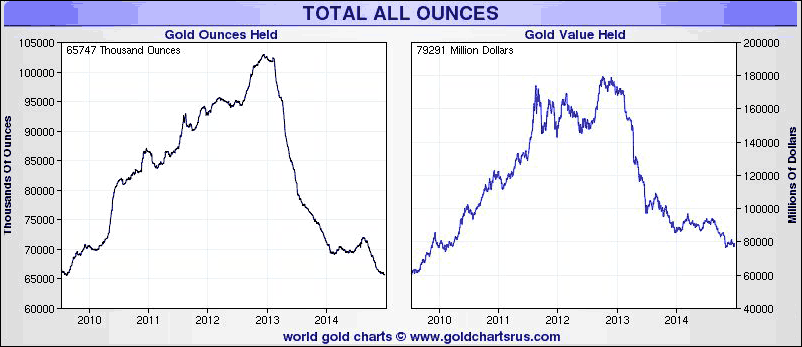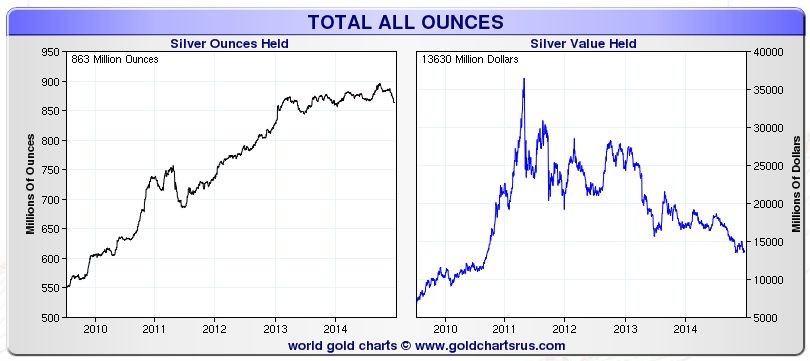4 Key ETF Trends to Watch in 2015
Post on: 13 Апрель, 2015 No Comment

The year 2014 was an eventful one for the ETF industry, with U.S. ETF assets crossing the significant $2 trillion milestone for the first time. The chart a little further below shows some of the key mile markers on the industry’s road to $2 trillion in assets since 1993.
Now that we have completed the first month of 2015, we discuss the key ETF trends to watch for the rest of this year.
1. The continued growth in ‘Smart Beta’
One of the defining trends of ETF-based investing has been the growth in ‘smart beta’ products. Smart beta, sometimes referred to as strategic beta, combines elements of traditional active and passive investing. At First Bridge, we have defined ‘smart beta’ in the equity space as “An ETF that tracks a rules based index providing exposure to a specific, targeted investment risk factor other than industry sectors, market cap weighted size and style (growth/value).”
This excludes active, inverse/leveraged, traditional industry sector, cap weighted size and growth/value ETFs. It also excludes quantitative ETFs that don’t track a precisely defined risk factor. This definition of smart beta has now been widely cited in the industry. We use corresponding definitions for the bond and commodity asset classes.
By this definition, there were more ‘smart beta’ ETF launches in 2014 than traditional beta or active ETF launches. The chart below shows how the 205 ETFs launched in the US break down by these categories.
These smart beta ETF launches provided access to high quality, dividend, low volatility, currency hedged and equal weighted strategies as well as cross-sector themes such as infrastructure, workplace equality and clean energy. We anticipate that the trend of smart beta ETFs gathering assets will continue into 2015.
The term ‘smart beta’ can often be misinterpreted to mean that these ETFs will always outperform traditional market cap weighted ETFs. However, in practice, investment factors such as volatility, quality and value / growth go through cycles of out/underperformance relative to market cap weighting. In 2015, low volatility could be an important strategy to pay attention to if the US equity market does not sustain the appreciation of the last 5 years.
2. Impact of falling oil prices on ETF categories
The decline in crude oil prices in the second half of 2014 was one of the most significant macro-economic factors impacting ETFs and investment portfolios more broadly. Energy sector and Russia ETFs were among the worst performing ETFs in 2014.
Looking ahead to the rest of 2015, ETF investors will need to assess how long they expect crude oil prices to stay low, and at what point energy related ETFs could turn into potential value opportunities. It is also important to assess the second order effect of falling crude oil prices. For example, it has resulted in a significant performance divergence between investment grade and junk bond ETFs (since approx 15% of the latter typically consists of energy related exposure). Falling crude oil prices could also continue to benefit large net energy importing countries such as Japan, China and India, and the ETFs that track these markets.
3. The Potential Launch of Non-Transparent ETMFs

In November 2014, the SEC approved an application for Eaton Vance’s new proposed structure – the Exchange Traded Mutual Fund (ETMF). This product combines elements of traditional mutual funds and ETFs. For example, it will trade on an exchange and have in-kind creation and redemption like an ETF, but its net asset value will be determined at the end of the trading day, like with a mutual fund.
In 2015 investors should watch for the potential introduction of non-transparent ETFs or ETMFs. This would be a very significant industry development, since currently, all index-linked and active ETFs disclose their holdings daily. (A full list of all ETFs currently listed in the U.S. can be accessed here )
4. Currency Hedged Strategies
Although forecasting is an inherently uncertain exercise, it appears possible that the U.S. dollar may continue to strengthen against the Euro and Yen in 2015 (we discussed currency hedging in more detail in one of our prior articles, which can be accessed here ).
In 2014, currency hedged ETFs for developed and emerging equities significantly outperformed their unhedged counterparts. Currency hedging will be important strategy to track in 2015 as well.
The rest of 2015 appears to be shaping up as another year of significant activity for the ETF industry. As we outlined here, we expect that the continued adoption of ‘smart beta’, the potential impact of falling crude prices and a rising dollar, and the possible introduction of non-transparent ETMFs will be some of the key trends to watch for this year














